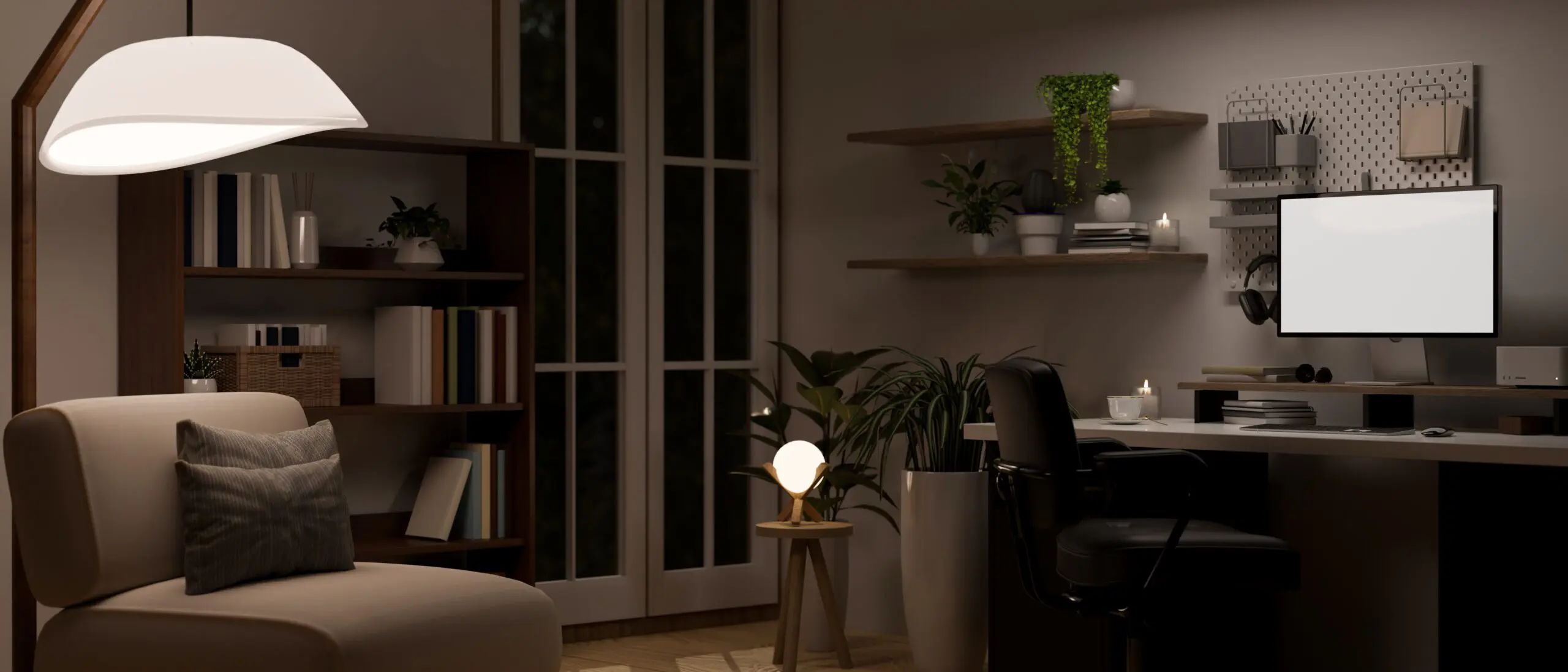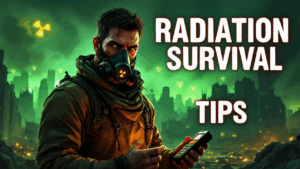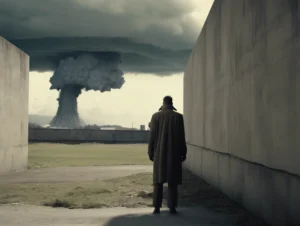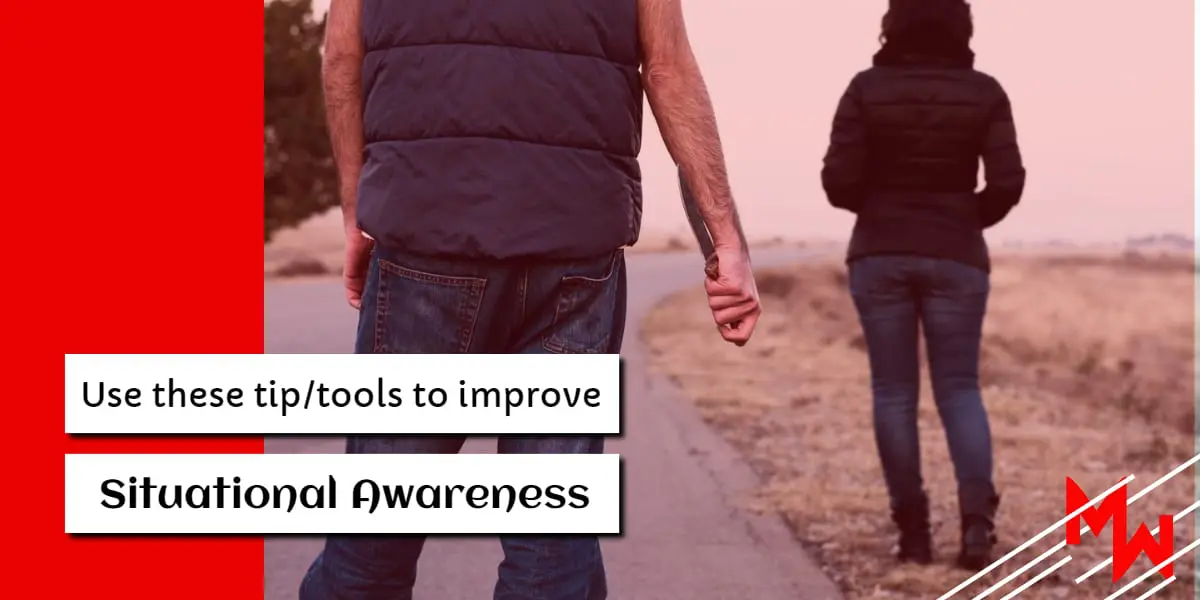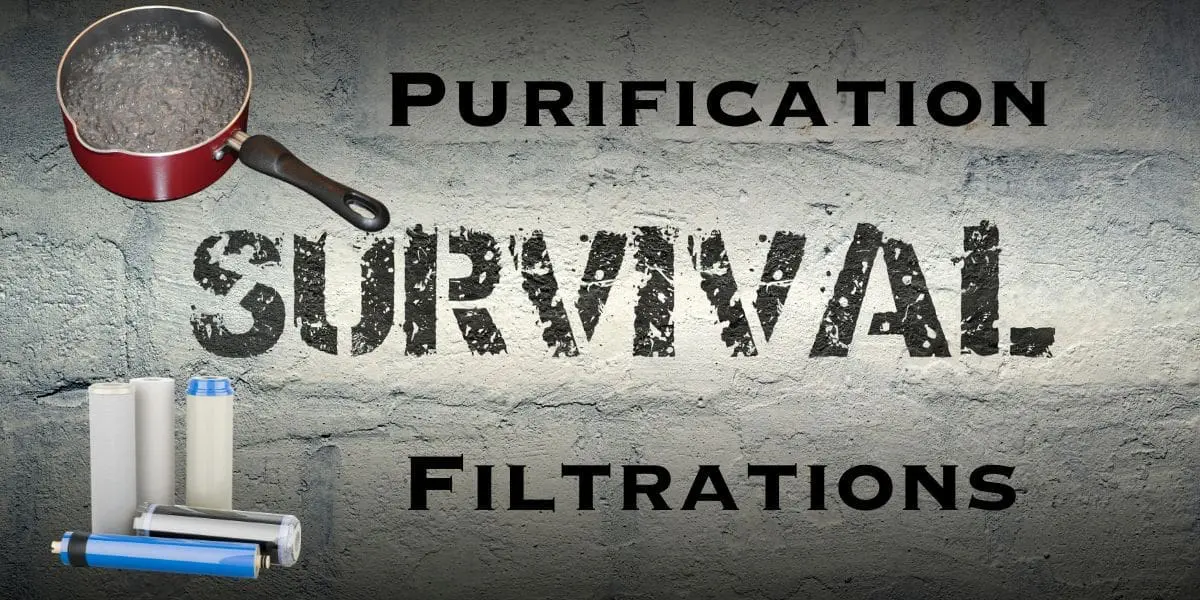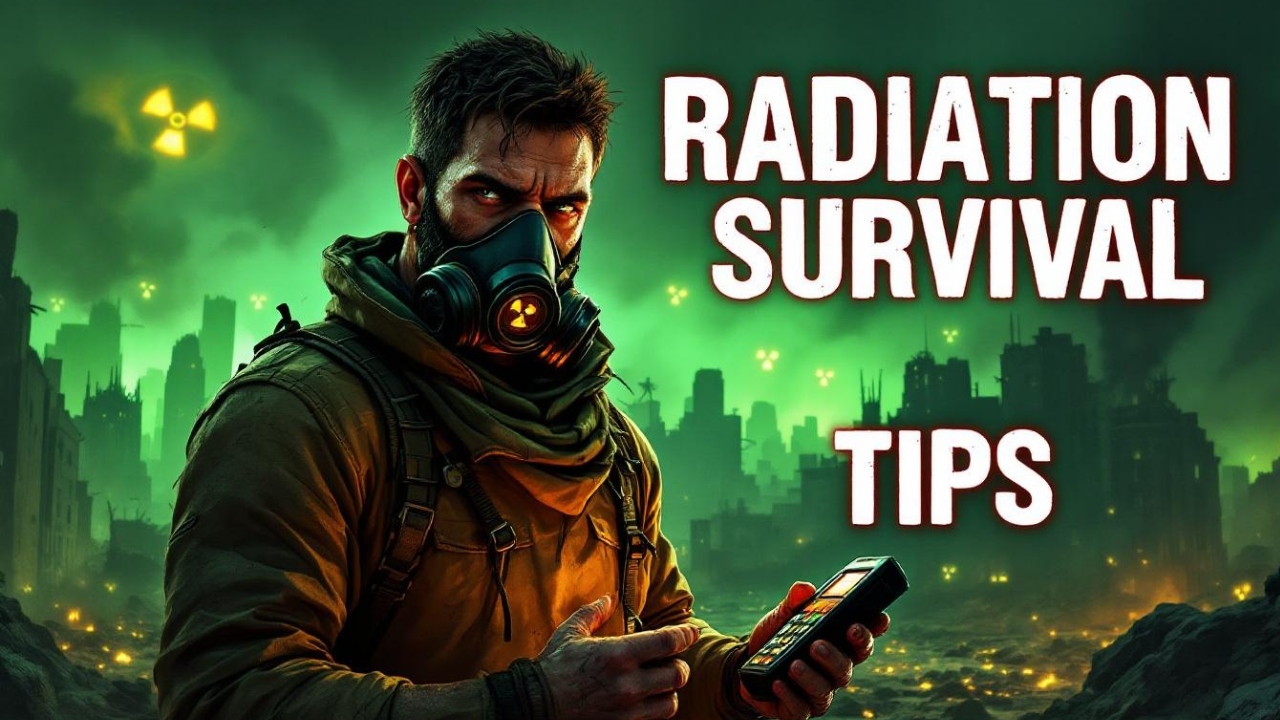In today’s uncertain world, it is essential to have a comprehensive understanding of tactical strategies for personal and home defense. One critical aspect of this is mastering the proper method and technique for clearing a room. Whether you are a homeowner, a law enforcement officer, or a concerned individual, this article will provide you with detailed instructions and insights on room clearing, as well as triggers that should prompt you to clear your home. By the end of this article, you will have an understanding of this vital skill and should be ready to take the next step of learning to put it in practice.
Understanding the Need to Clear a Room:
Clearing a room is the process of systematically searching and securing an enclosed space, such as a room or building, to ensure the absence of threats. Several triggers should prompt individuals to clear their homes, including:
1. Suspicious Noises or Activity:
If you hear unusual sounds, such as breaking glass or footsteps, or witness suspicious activity outside or inside your home, it may be necessary to clear the affected area.
2. Forced Entry or Unauthorized Access:
Discovering signs of forced entry, like a broken window or a kicked-in door, or finding evidence of unauthorized access, such as open or tampered locks, should immediately raise concerns and prompt you to clear your home.
3. Alarm Systems or Security Devices Activation:
If your security alarm system or other security devices are triggered, it is crucial to clear your home to investigate the cause and ensure your safety.
Preparing for Room Clearing:
Before engaging in room clearing operations, it is essential to make necessary preparations:
1. Mental and Physical Readiness:
Maintain a calm and focused mindset, as well as physical fitness, as room clearing can be physically demanding. Train regularly to develop the necessary skills and stamina.
2. Equipment and Gear:
Ensure you have the appropriate equipment and gear, such as a flashlight, body armor, communication devices, and a reliable self-defense tool, like a firearm or non-lethal option.
The Proper Method and Technique for Clearing a Room:
To effectively clear a room, follow these step-by-step instructions:
1. Assess the Situation:
Evaluate the situation by gathering information, analyzing potential threats, and determining the appropriate response. Consider factors such as the number of individuals involved, potential weapons, and the layout of the area.
2. Communicate and Coordinate:
If you are part of a team, establish clear communication protocols and coordinate your actions to ensure efficient room clearing operations.
3. Entry Techniques:
Choose between dynamic entry and deliberate entry techniques based on the situation. Dynamic entry involves quickly gaining control of the room, while deliberate entry focuses on a more cautious approach.
4. Utilize Cover and Concealment:
Maximize your safety by utilizing available cover and concealment, such as walls, furniture, or doorways, to protect yourself from potential threats.
5. Room Scanning and Target Identification:
Enter the room cautiously, scanning for potential threats and identifying targets. Maintain a tactical advantage by using proper angles and maintaining a wide field of view.
6. Manage Multiple Rooms:
If your home has multiple rooms, clear each one systematically, ensuring that no area is left unchecked. Maintain situational awareness and adapt your approach as necessary.
Tactical Considerations and Best Practices:
Consider the following factors to further enhance your room clearing techniques:
1. Angles, Corners, and Blind Spots:
Understand the importance of properly navigating and clearing angles, corners, and blind spots within a room to minimize the risk of ambushes.
2. Team Dynamics and Communication:
If clearing a room as part of a team, establish effective communication and understand each team member’s role. Maintain constant communication to share information and coordinate actions.
3. Dealing with Non-Compliant Individuals:
In situations involving non-compliant individuals, assess the level of threat they pose and respond accordingly, utilizing appropriate verbal commands and physical control techniques.
4. Reacting to Unexpected Scenarios:
Prepare for unexpected scenarios, such as encountering hostages or encountering situations outside the norm. Adapt your approach and prioritize the safety of all individuals involved.
Final Note On Clearing
Mastering the proper method and technique for clearing a room is a critical skill for personal and home defense. By following the step-by-step instructions provided in this basic guide, and considering the triggers that should prompt you to clear your home, you have an introduction to the process needed to ensure your safety and the safety of your loved ones.
It’s important to note this is a top surface article on a complex topic. The intent is to provide a base knowledge and spark your desire for follow on training and education.
Remember, regular training, practice, and seeking professional instruction are key to mastering these techniques and maintaining a high level of readiness.
Couple of final notes. The ideal answer is that you call the police if you feel there is a threat and leave that to them. So there’s that. The reality is I personally clear my home every time I come home after a vacation or other extended time away. It doesn’t make sense to call the police in that situation and it allows me the peace of mind to know that there are no hidden dangers. I also don’t call the police every time I think there may be a threat…right or wrong I suspect many of our viewers are of the same mindset and therefore it’s ideal that you get properly trained in doing so. Final IMPORTANT NOTE. While not discussed here a big risk and potential scenario is clearing your house at night cause you heard a noise. Meanwhile the other occupants are in the house. This is a dangerous situation where misidentification and poor weapon discipline could result in you shooting a loved one. Understand this risk and train until it is not a possibility.
Stay prepared, stay vigilant, and stay safe!

